
Oregano, a hardy, aromatic perennial herb, frequently flavors Mexican and Mediterranean recipes. Fresh and dried oregano aren't always interchangeable, but you can usually swap one for the other if you keep a few storage and measurement tips in mind. Consider the kind of oregano you buy, and the properties of fresh and dried oregano, before you use them; adding oregano to a dish can give it a pleasantly herbaceous bite, but too much can make food taste bitter.
Varieties
Mediterranean oregano, the essential ingredient in Greek salad, and Italian pizza and pasta sauces, grows wild on the mountains of southern Europe. Its strong, sweet flavor elevates the taste of garlic, lemon and tomatoes. The stronger and less sweet Mexican oregano works well in spicy dishes such as chili and salsa. It is also sometimes called "common oregano."
Dried Oregano
Dried oregano, either preserved from your garden or purchased at a grocery store, is dark green and crumbly, making it easier to measure than fresh leaves. The more concentrated flavor means you need less to achieve the same effect, typically a 3:1 ratio. For example, if a recipe calls for 1 tablespoon of fresh oregano, use 1 teaspoon of dried oregano instead. Crumble oregano in your fingers to release the oils before adding it to your recipe.
Fresh Oregano
Fresh oregano leaves should be bright green and supple, without damage, mold or spots. Wash and blot the leaves dry just before you use them. Store extra leaves, unwashed, with a damp paper towel in a plastic bag in the refrigerator for up to five days. Throw away leaves that turn pale or yellow.
Harvesting, Drying and Storing Oregano
With an oregano plant at home, you can harvest the leaves as you need them, though they're most flavorful just before flowers bloom. Freeze leaves in an airtight container for later use, or dry entire stems by hanging them in bundles upside down in a dark, dry place for two weeks. Crumble the leaves onto a tray and store the crumbs in an airtight container.
Related Articles

How to Make Rubbed Sage
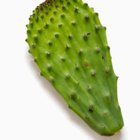
How to Cook Cactus Leaves

How to Make Basil Oil
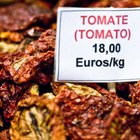
How to Store and Freeze Sundried ...

How to Substitute Dried for Fresh Dill ...
How to Keep Mint Fresh for Drink ...
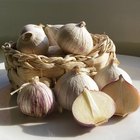
How to Preserve Garlic in Olive Oil
How Do I Clean Water Cress?

How to Remove a Cardamom Seed From a Pod
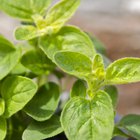
How to Eat Fresh Oregano Leaves

How to Dry Limes
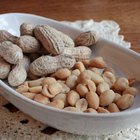
What Is the Shelf Life for Raw Peanuts?

How to Blanch Kale for Freezing

How to Dry Fresh Parsley

How Long Does Banana Bread Stay Fresh?
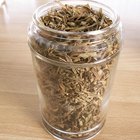
How to Dry Tarragon

Can You Still Use Basil That Goes a ...
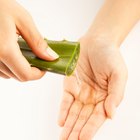
Can I Store Aloe Vera Gel From a Plant ...
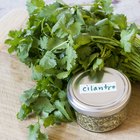
How to Dry Cilantro at Home
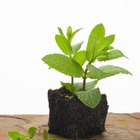
Difference Between Peppermint Extract & ...
References
Writer Bio
Aline Lindemann is a health, food and travel writer. She has also worked as a social worker, preschool teacher and art educator. Lindemann holds a Master of Liberal Studies in culture, health and creative nonfiction writing from Arizona State University.
Photo Credits
Jupiterimages/liquidlibrary/Getty Images